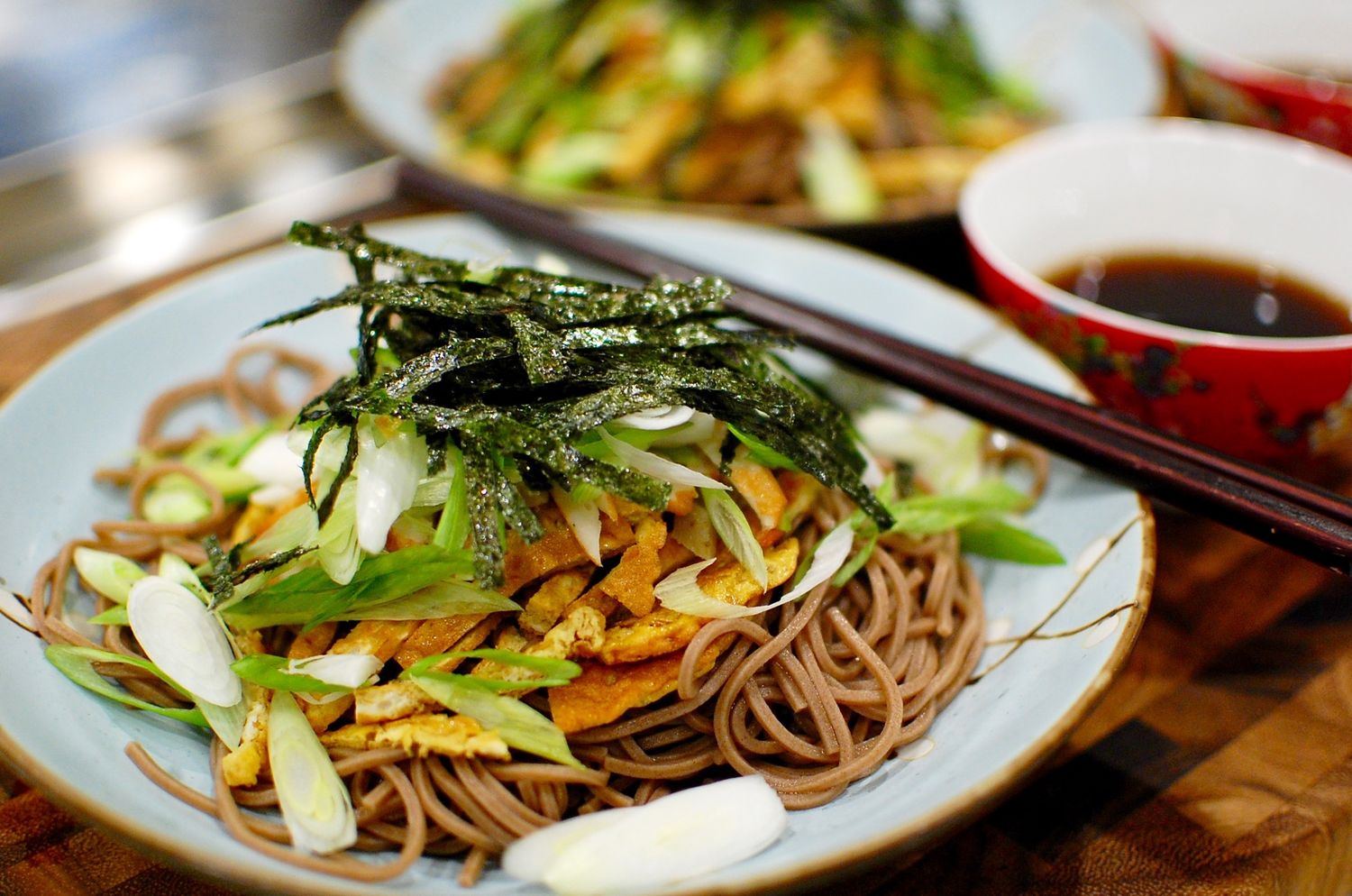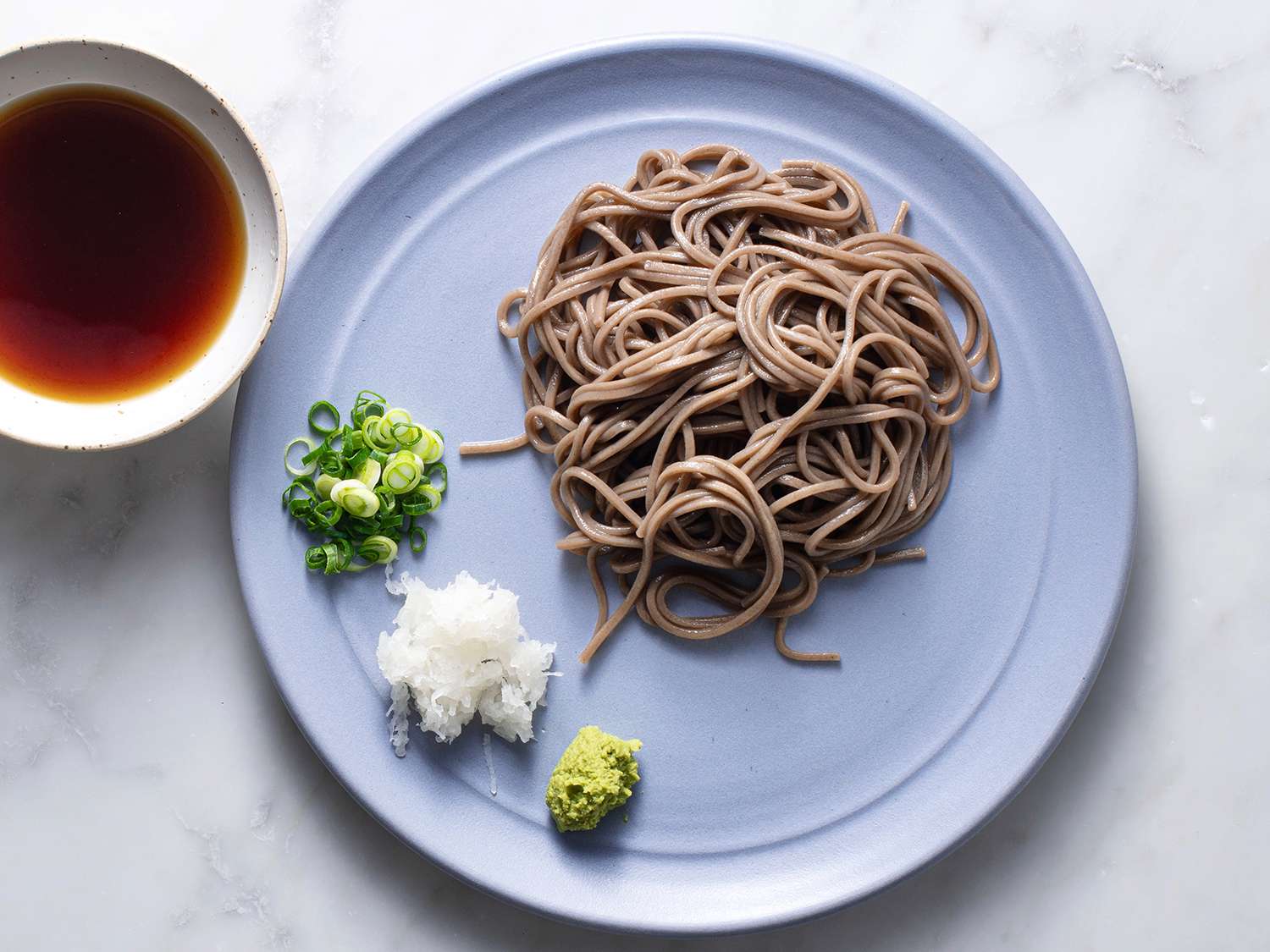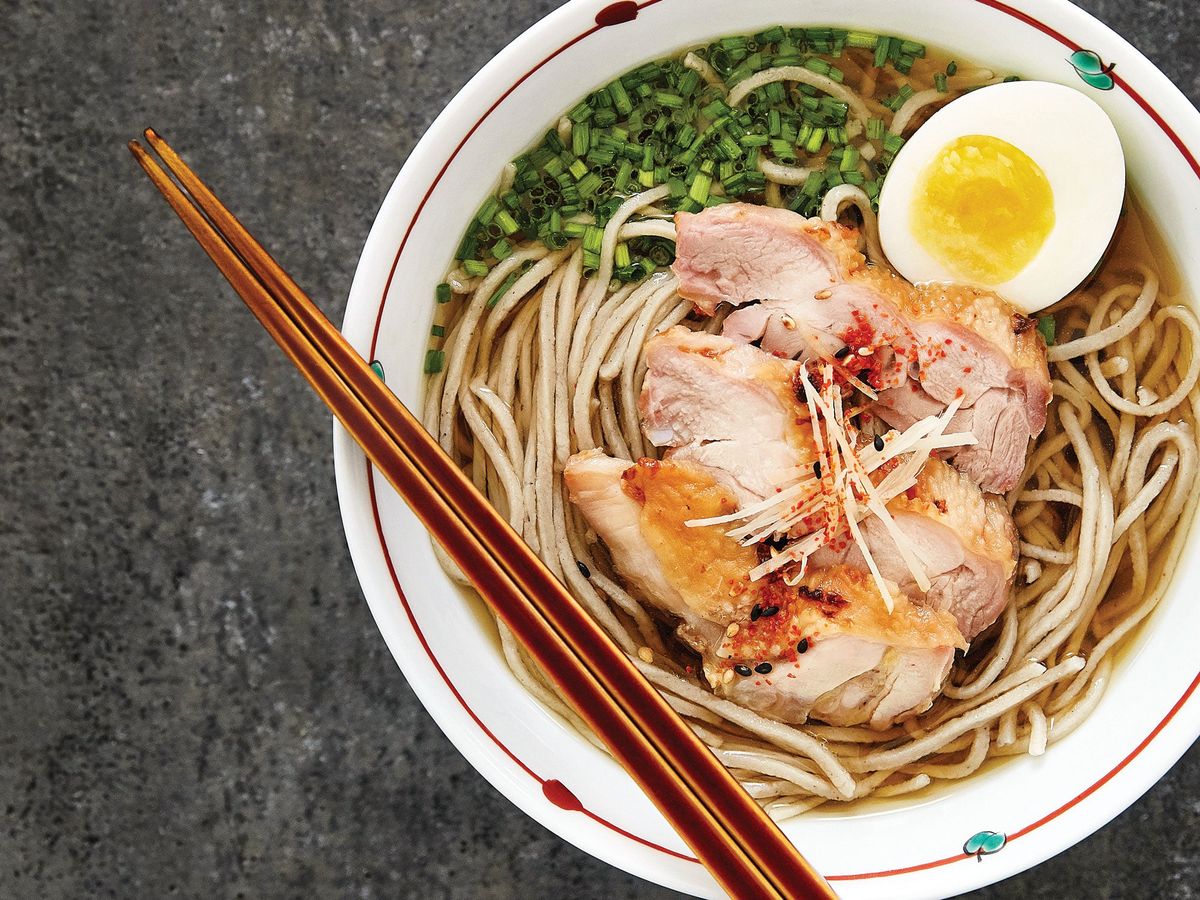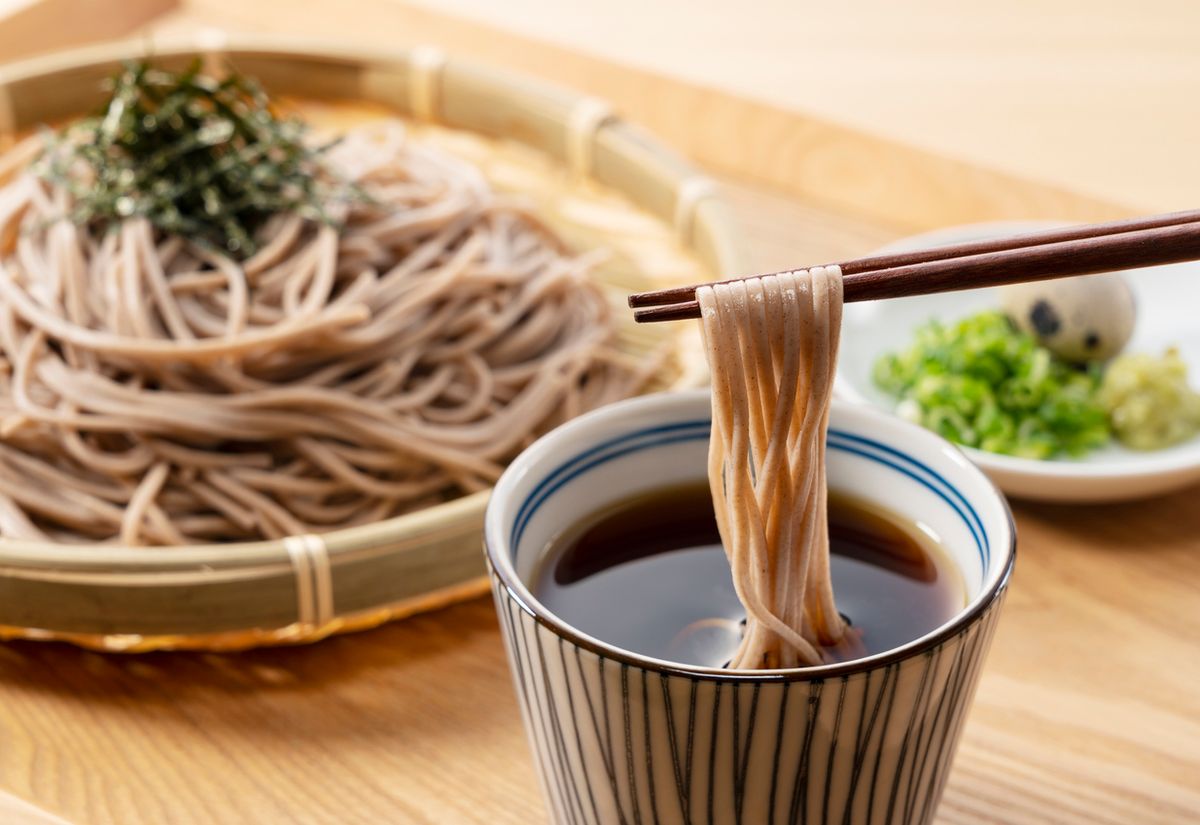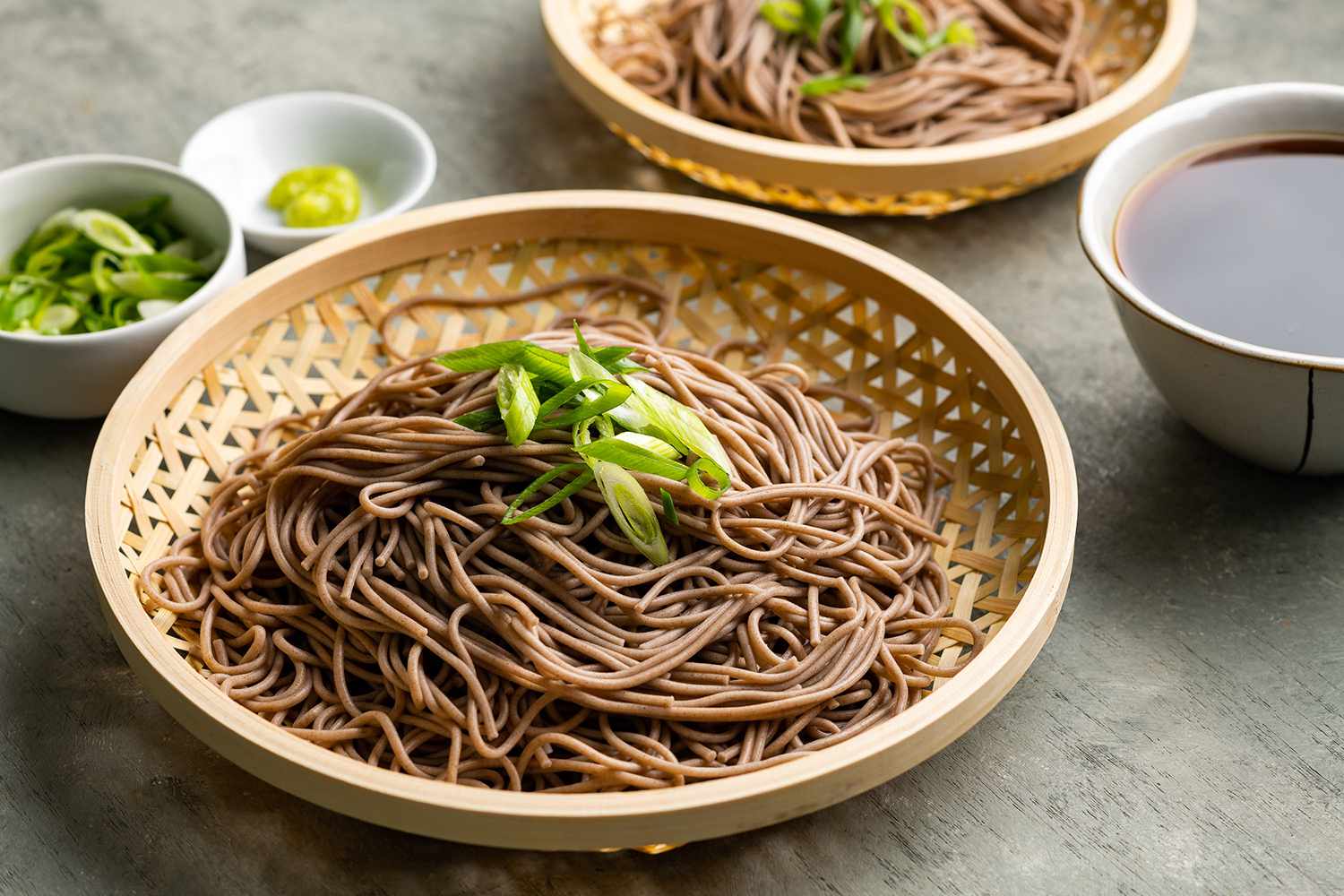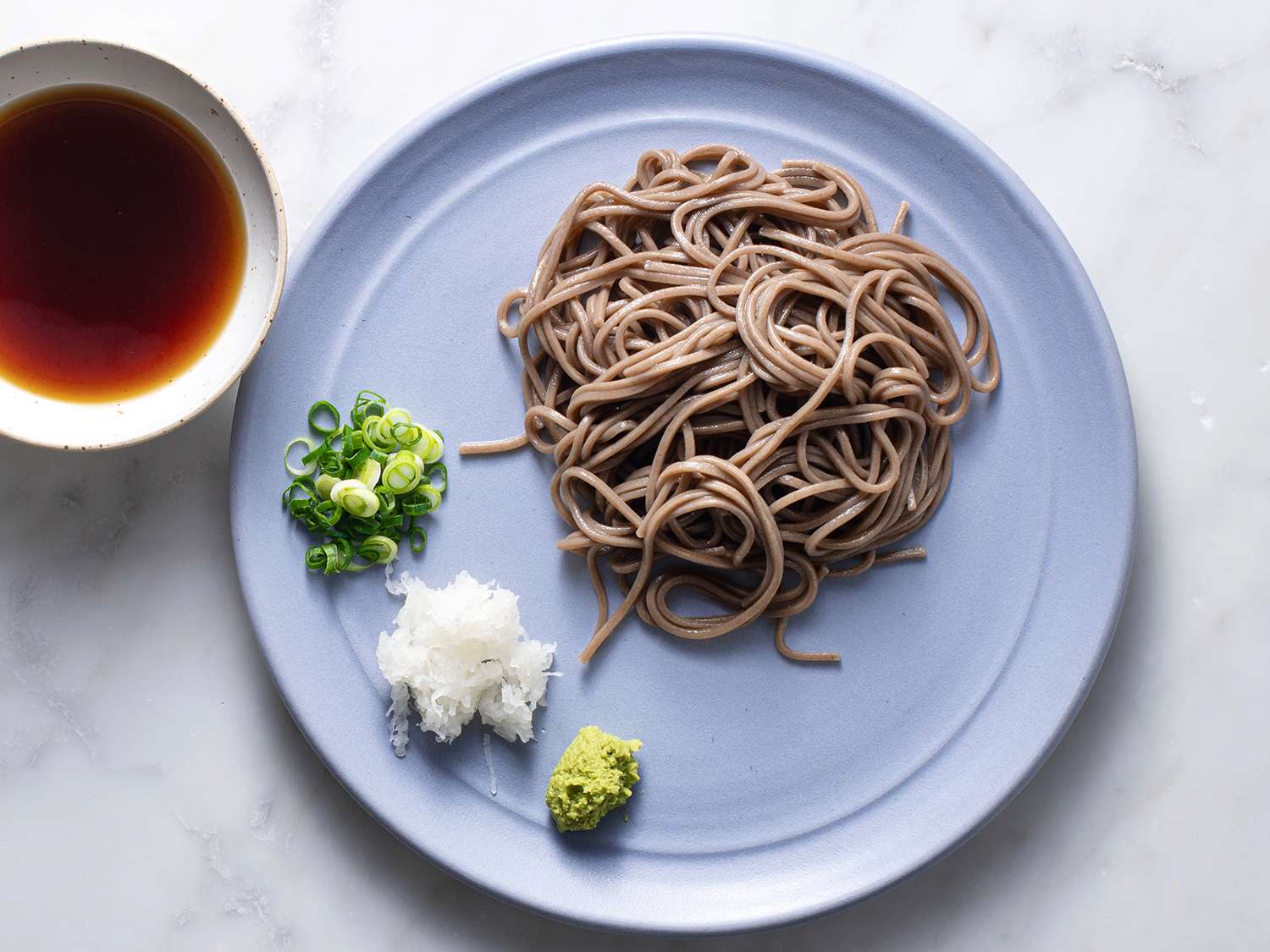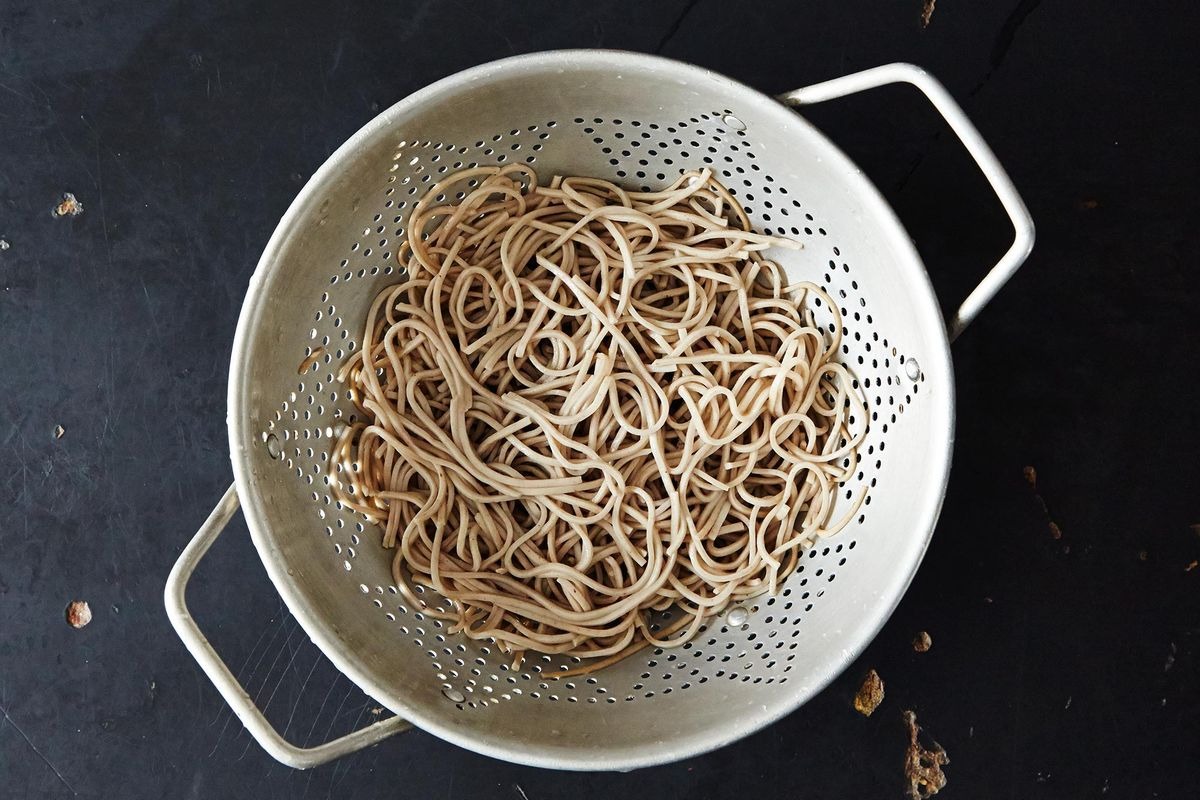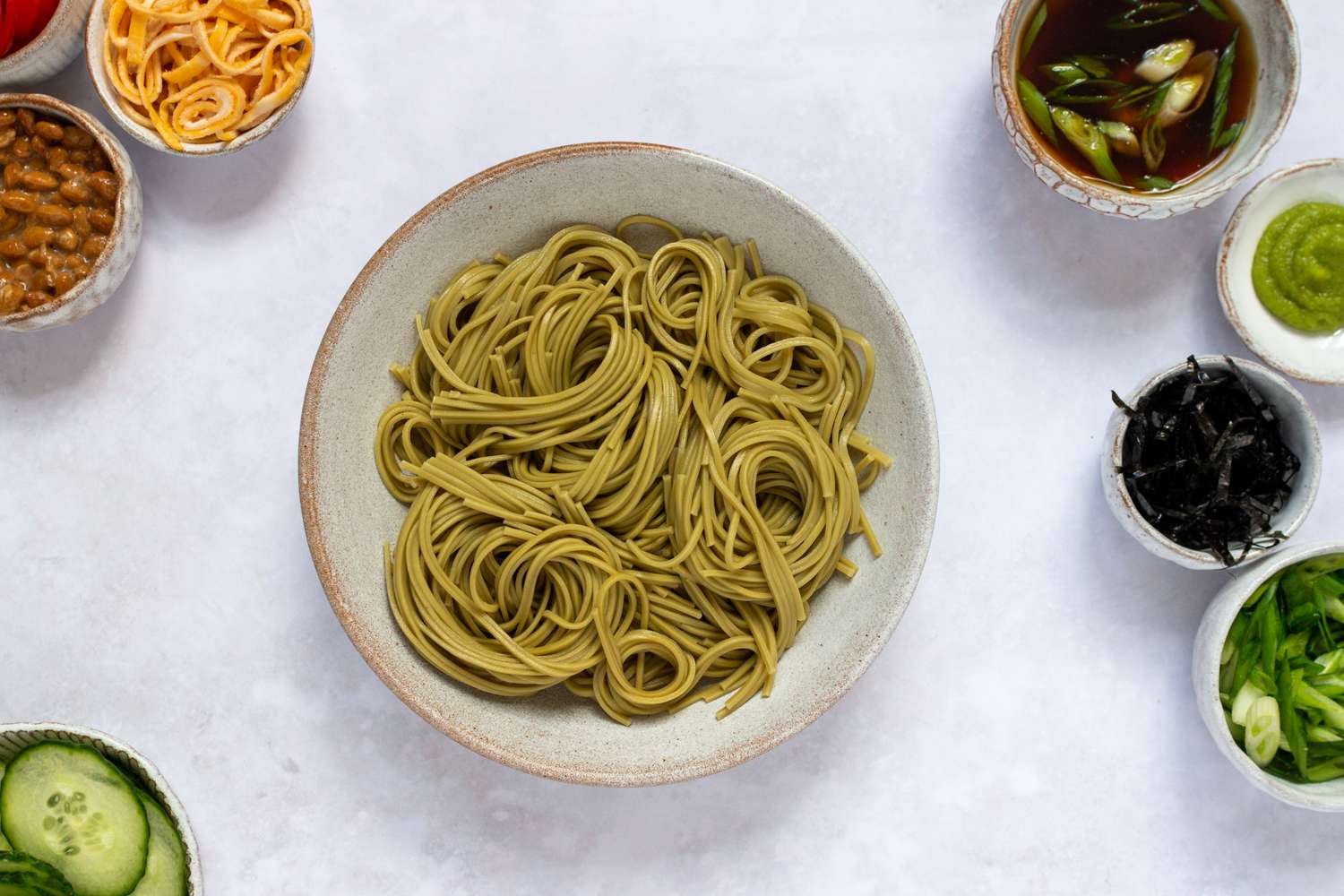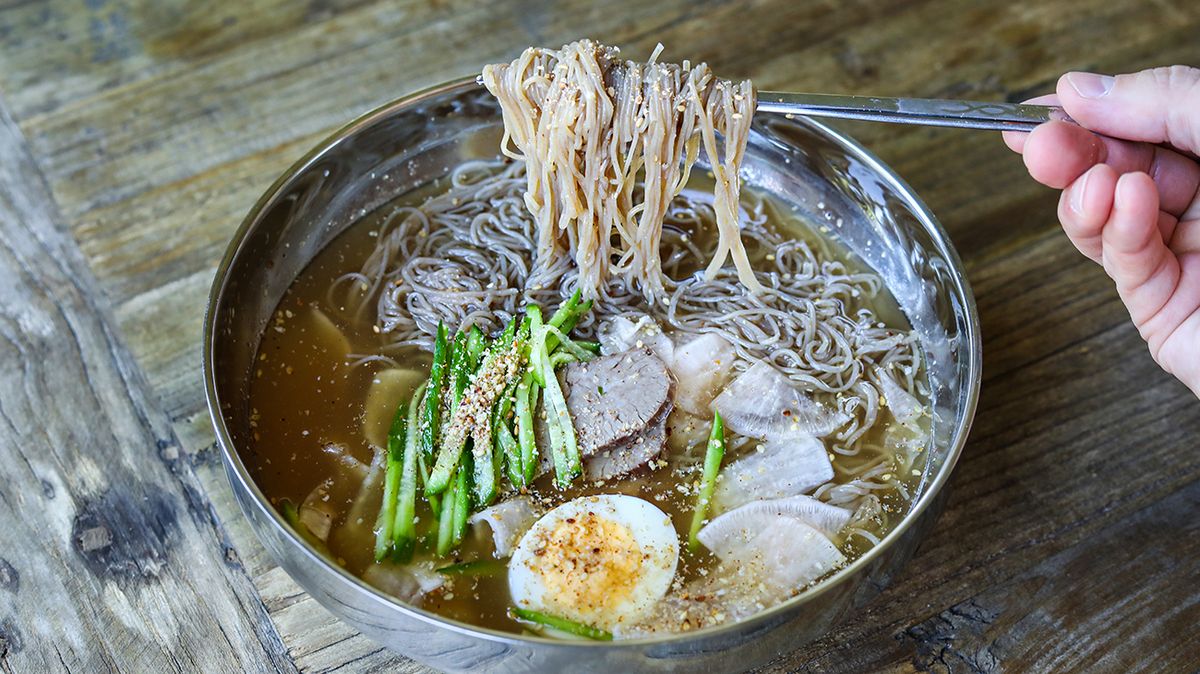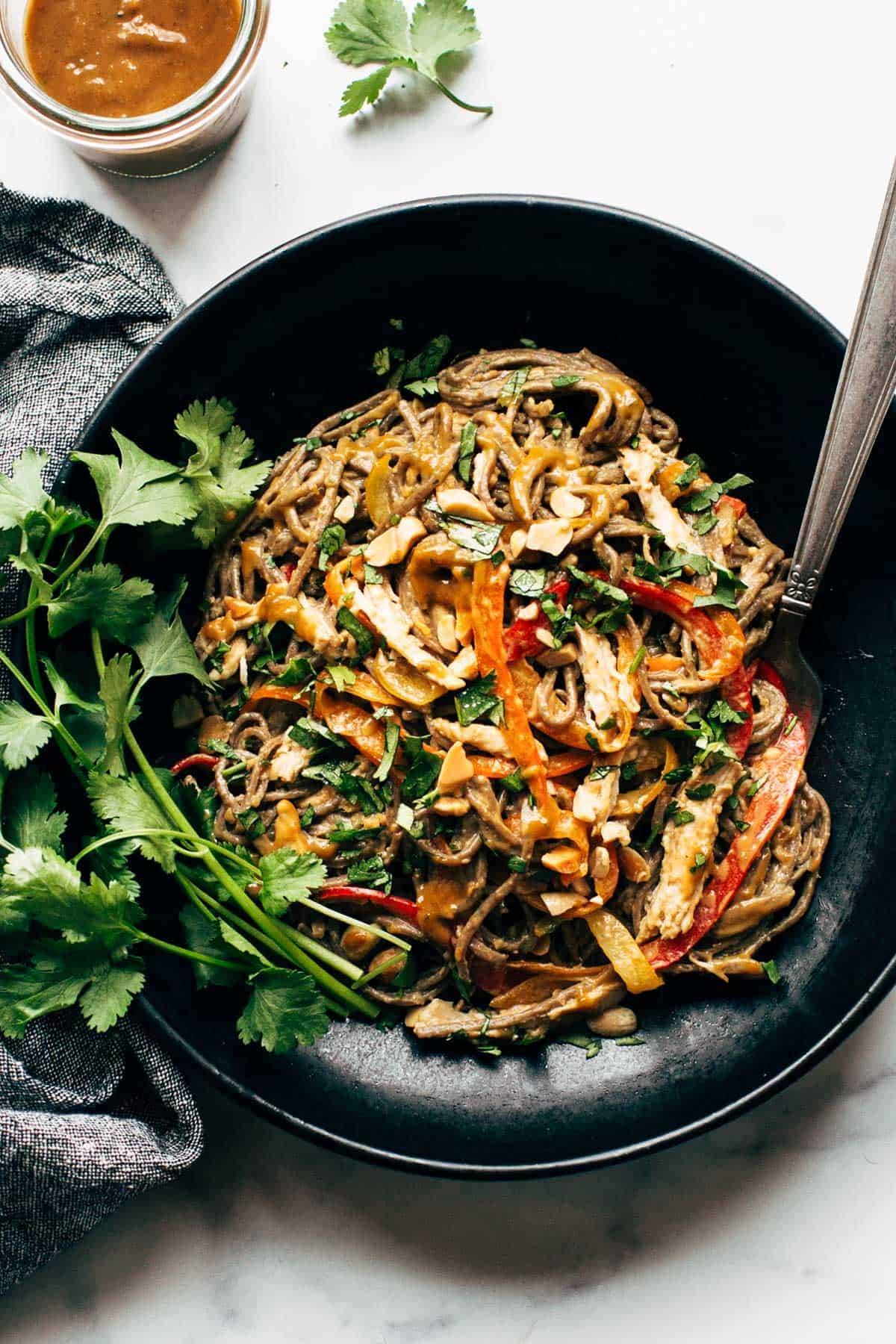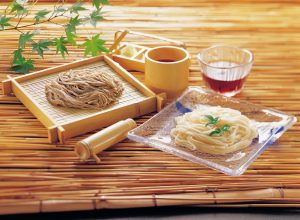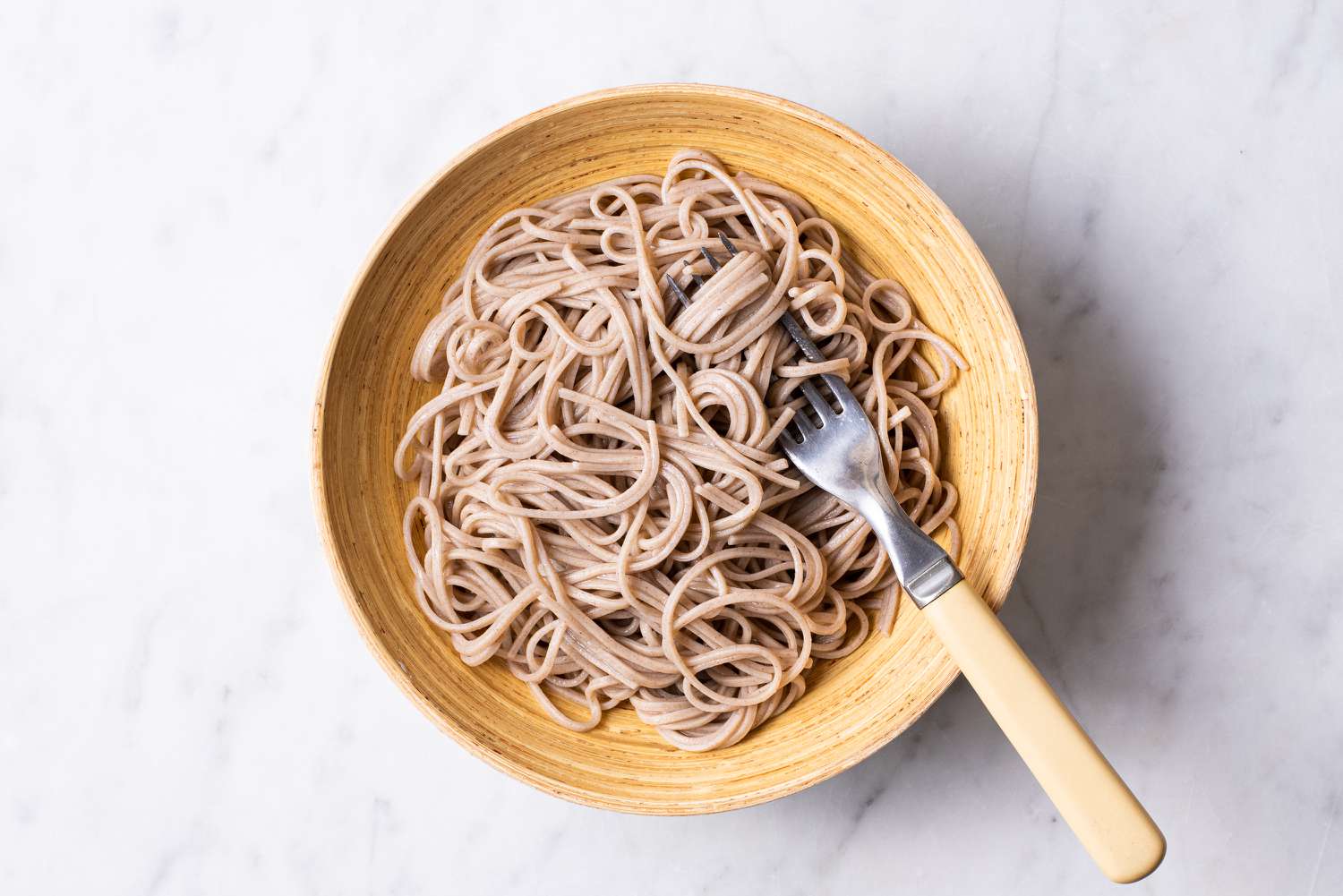Enjoying Soba Noodles: A Guide to Eating and Appreciating this Japanese Delicacy
Welcome to the wonderful world of soba noodles! If you’re new to this traditional Japanese dish or looking to enhance your soba-eating experience, you’ve come to the right place. Soba noodles are a delicious and versatile option that can be enjoyed in various ways. Whether you’re a novice or a seasoned soba enthusiast, here’s a comprehensive guide on how to eat and savor these delectable noodles.
Understanding Soba Noodles
Before diving into the eating experience, it’s important to understand what soba noodles are. Soba noodles are thin noodles made from buckwheat flour, which gives them a unique nutty flavor and a slightly grainy texture. They are a staple in Japanese cuisine and are often served cold with a dipping sauce or in a hot broth, making them a versatile and satisfying meal option.
Preparing Soba Noodles
When it comes to preparing soba noodles, there are a few key steps to keep in mind to ensure a delightful dining experience:
- Boil the soba noodles in a pot of water until they are cooked but still firm to the bite.
- Once cooked, drain the noodles and rinse them under cold water to remove excess starch and prevent them from sticking together.
- For cold soba noodles, consider placing them in an ice bath to chill them before serving.
Ways to Eat Soba Noodles
Now that your soba noodles are prepared, it’s time to explore the various ways to enjoy them:
Cold Soba Noodles
Cold soba noodles, also known as zaru soba, are typically served on a bamboo mat or a flat dish with a dipping sauce called tsuyu. To eat cold soba noodles:
- Take a small bundle of noodles with your chopsticks.
- Dip the noodles into the tsuyu sauce.
- Enjoy the refreshing and nutty flavor of the cold noodles as you savor each bite.
Hot Soba Noodles
Hot soba noodles are served in a warm broth and can be enjoyed in the following manner:
- Use your chopsticks to pick up a few strands of noodles.
- Dip them into the flavorful broth.
- Sip the broth and savor the comforting combination of flavors and textures.
Enhancing Your Soba Noodle Experience
To elevate your soba noodle experience, consider the following tips:
- Experiment with different toppings such as sliced green onions, grated daikon radish, or nori seaweed to add depth of flavor and texture to your noodles.
- Pair your soba noodles with a side of tempura or a fresh salad for a well-rounded meal.
- Explore the world of dipping sauces by adding condiments like wasabi, grated ginger, or chopped scallions to your tsuyu for an extra kick of flavor.
Appreciating the Art of Eating Soba Noodles
As you savor each bite of soba noodles, take a moment to appreciate the rich cultural significance and history behind this beloved Japanese dish. From the meticulous process of noodle-making to the artful presentation of the final dish, eating soba noodles is a sensory experience that offers a glimpse into the heart of Japanese culinary tradition.
So, whether you’re enjoying a simple bowl of zaru soba on a warm summer day or sipping on a steaming bowl of hot soba in the midst of winter, take the time to savor the flavors, textures, and aromas that make soba noodles a truly special culinary delight.
With these tips in mind, you’re well-equipped to embark on a delicious journey of enjoying and appreciating the art of eating soba noodles. So go ahead, grab your chopsticks, and indulge in the delightful world of soba!
